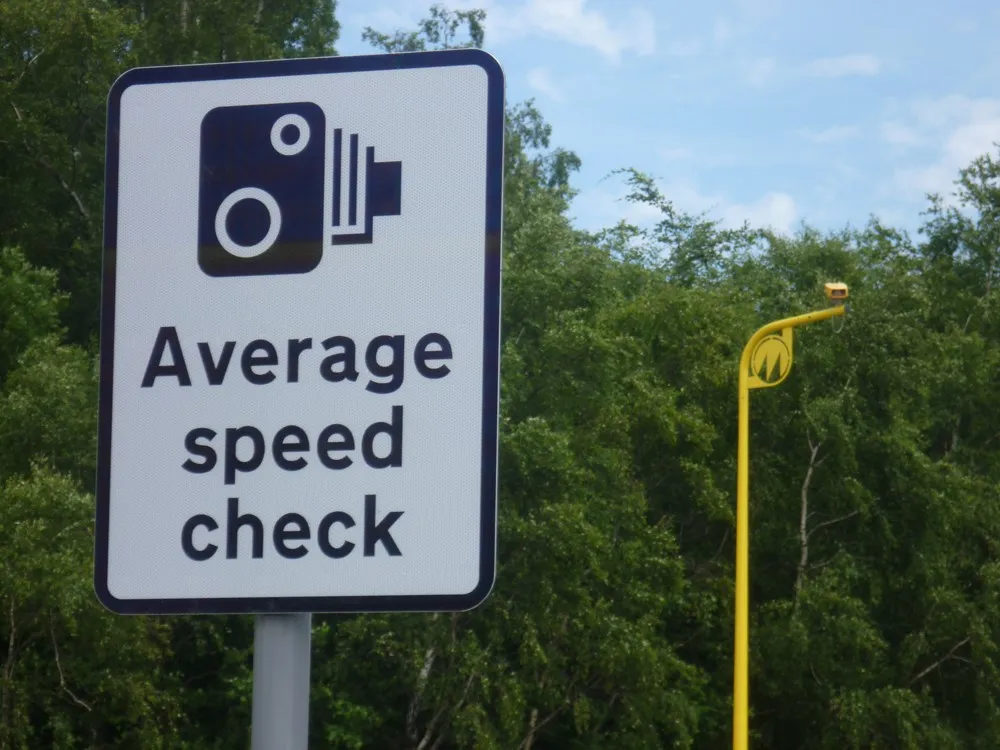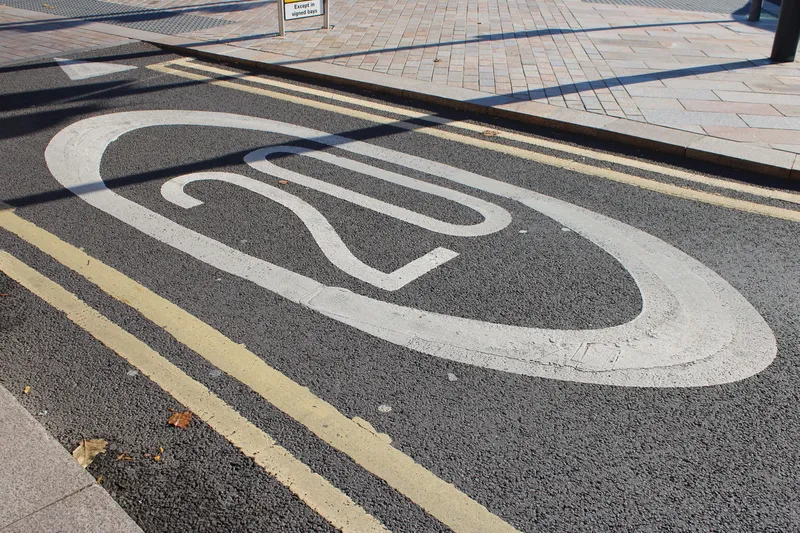The Joint Roads Policing Unit of Thames Valley Police and Hampshire Constabulary in the UK commissioned the Transport Research laboratory (TRL) to evaluate the effectiveness of their roads policing strategy in terms of reducing the number of people killed and seriously injured in road collisions. The focus was on the fatal four causes of collisions: speeding, drink-driving, not wearing a seat belt and drivers using mobile phones. TRL carried out a detailed literature review, in-depth review and analysis of
March 6, 2015
Read time: 3 mins
RSSThe Joint Roads Policing Unit of Thames Valley Police and Hampshire Constabulary in the UK commissioned the Transport Research laboratory (491 TRL) to evaluate the effectiveness of their roads policing strategy in terms of reducing the number of people killed and seriously injured in road collisions.
The focus was on the fatal four causes of collisions: speeding, drink-driving, not wearing a seat belt and drivers using mobile phones. TRL carried out a detailed literature review, in-depth review and analysis of police offence and collision data, and carried out a series of compliance surveys.
This research estimated the non-compliance levels for each of the fatal four and estimated the numbers of lives that could be saved with increased compliance. The research evidence resulted in a series of recommendations aimed at improving the efficiency and effectiveness of their current strategy. Non-compliance was highest for the use of child restraints (13 per cent), followed by restraint use for all vehicle occupants, and lowest for drink-driving.
However, the impact of these various illegal actions varies. Based on the estimated compliance levels, the potential casualty savings if compliance for each of these offences were increased to full compliance is highest for mobile phone use and drink-driving.
Based on the research, a series of recommendations have been made for the Joint Roads Policing Unit to consider and use to adapt their strategies in an evidence-based way. These include the randomisation of locations and times of general roads enforcement to increase road users’ perceived risk of detection and consequently decrease offending behaviours.
It is also suggested that mobile phone enforcement should be focussed towards weekdays during working hours, while campaigns to reduce mobile phone use should be aimed at employers and work-related road safety and should highlight the dangers of both hand-held and hands-free phones, since the general collision risk is similar, although hands-free phones are legal.
In addition, more priority should be given to evening and weekend enforcement of drink-driving. Fixed speed cameras are a deterrent for general offenders and further fixed camera locations should be considered where a particular speeding issue exists and, as digital fixed speed cameras are introduced in the region, a smart approach could be taken in terms of operating these at the times of highest risk.
Chief Inspector Henry Parsons, at Thames Valley and Hampshire Police, said: “We recognised that this research has been needed for quite some time and we appreciate the work undertaken by TRL.
“With a reduction in resources due to budget constraints, we realised that the impact that we can have on reducing traffic offences and consequently collisions can only be sustained if we become more efficient at protecting the public.
“The figures are cold hard evidence of the number of lives and serious injuries that can be avoided through improving driving behaviours. The findings and recommendations that have resulted from this work are already impacting on our strategies, allowing us to focus on the most effective methods of policing.”
TRL’s Principal Statistician, Dr Louise Lloyd, said: “Our collaboration with Thames Valley and Hampshire Police has demonstrated that the number of people who are injured or killed in road accidents could reduce substantially if road users recognised the risks involved in dangerous behaviours such as using a mobile phone while driving, drink-driving, exceeding the speed limit and not wearing a seatbelt. Sadly, many accidents caused by those who are committing traffic offences also have a significant impact on the lives of individuals and families of other road users.”
The focus was on the fatal four causes of collisions: speeding, drink-driving, not wearing a seat belt and drivers using mobile phones. TRL carried out a detailed literature review, in-depth review and analysis of police offence and collision data, and carried out a series of compliance surveys.
This research estimated the non-compliance levels for each of the fatal four and estimated the numbers of lives that could be saved with increased compliance. The research evidence resulted in a series of recommendations aimed at improving the efficiency and effectiveness of their current strategy. Non-compliance was highest for the use of child restraints (13 per cent), followed by restraint use for all vehicle occupants, and lowest for drink-driving.
However, the impact of these various illegal actions varies. Based on the estimated compliance levels, the potential casualty savings if compliance for each of these offences were increased to full compliance is highest for mobile phone use and drink-driving.
Based on the research, a series of recommendations have been made for the Joint Roads Policing Unit to consider and use to adapt their strategies in an evidence-based way. These include the randomisation of locations and times of general roads enforcement to increase road users’ perceived risk of detection and consequently decrease offending behaviours.
It is also suggested that mobile phone enforcement should be focussed towards weekdays during working hours, while campaigns to reduce mobile phone use should be aimed at employers and work-related road safety and should highlight the dangers of both hand-held and hands-free phones, since the general collision risk is similar, although hands-free phones are legal.
In addition, more priority should be given to evening and weekend enforcement of drink-driving. Fixed speed cameras are a deterrent for general offenders and further fixed camera locations should be considered where a particular speeding issue exists and, as digital fixed speed cameras are introduced in the region, a smart approach could be taken in terms of operating these at the times of highest risk.
Chief Inspector Henry Parsons, at Thames Valley and Hampshire Police, said: “We recognised that this research has been needed for quite some time and we appreciate the work undertaken by TRL.
“With a reduction in resources due to budget constraints, we realised that the impact that we can have on reducing traffic offences and consequently collisions can only be sustained if we become more efficient at protecting the public.
“The figures are cold hard evidence of the number of lives and serious injuries that can be avoided through improving driving behaviours. The findings and recommendations that have resulted from this work are already impacting on our strategies, allowing us to focus on the most effective methods of policing.”
TRL’s Principal Statistician, Dr Louise Lloyd, said: “Our collaboration with Thames Valley and Hampshire Police has demonstrated that the number of people who are injured or killed in road accidents could reduce substantially if road users recognised the risks involved in dangerous behaviours such as using a mobile phone while driving, drink-driving, exceeding the speed limit and not wearing a seatbelt. Sadly, many accidents caused by those who are committing traffic offences also have a significant impact on the lives of individuals and families of other road users.”








